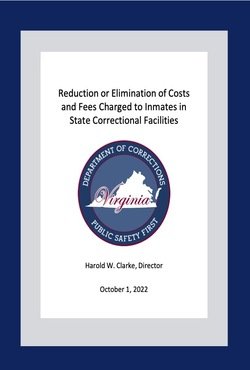By Leah wang
Over 1 million people sit in U.S. state prisons on any given day. They are also suffering from physical and mental illnesses, or navigating prison life with disabilities or even pregnancy. We add to the existing research showing that state prisons fall far short of their constitutional duty to meet the essential health needs of people in their custody. As a result, people in state prison are kept in a constant state of illness and despair. This report is divided it sections: Physical health problems: Chronic conditions and infectious disease Access to healthcare: People in state prison disproportionately lacked health insurance Mental health problems: Exceptionally high rates among incarcerated people Disabilities: Disproportionate rates of physical, cognitive, and learning disabilities Pregnancy and reproductive health: Expectant mothers are underserved in prison Conclusions and recommendations: How do we begin to address unmet needs in prisons? About the unique data used in this report This report offers a detailed view of the people in state prisons nationwide, using the most recent self-reported, nationally representative data available, the Bureau of Justice Statistics’ 2016 Survey of Prison Inmates. Though correctional populations are in constant flux, the Survey data released just over a year ago are essential to understanding incarceration today.
Northampton, MA: Prison Policy Initiative, 2022. 29p.





